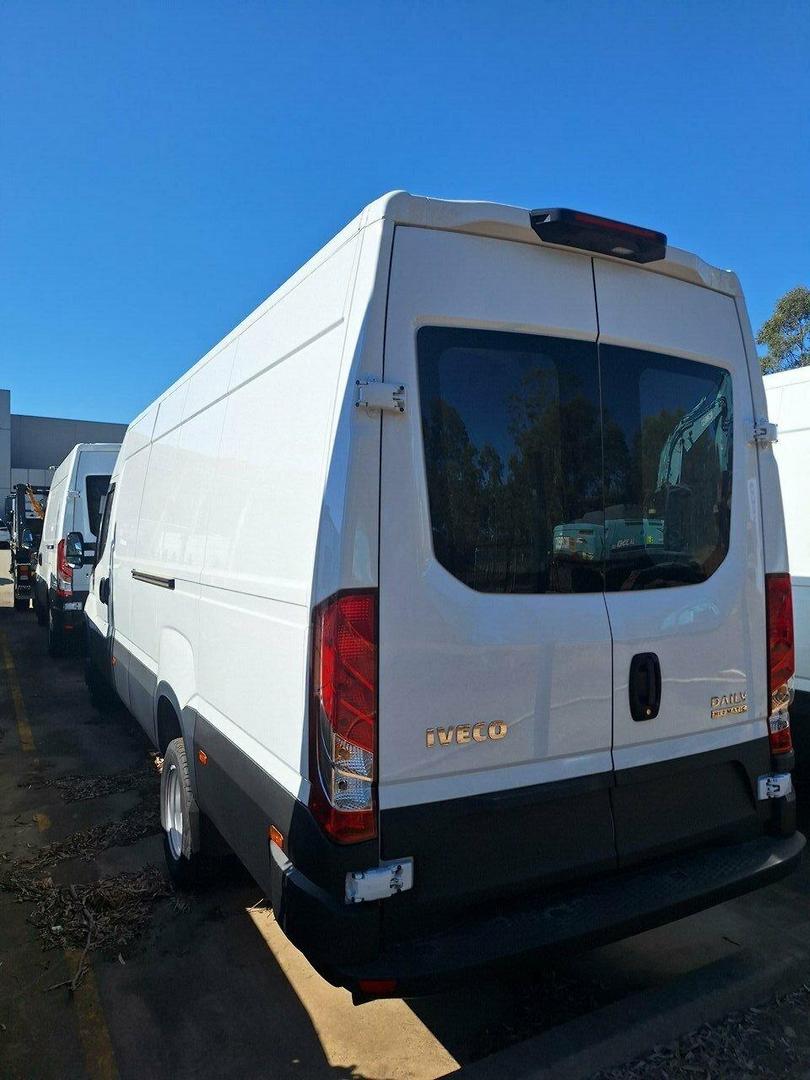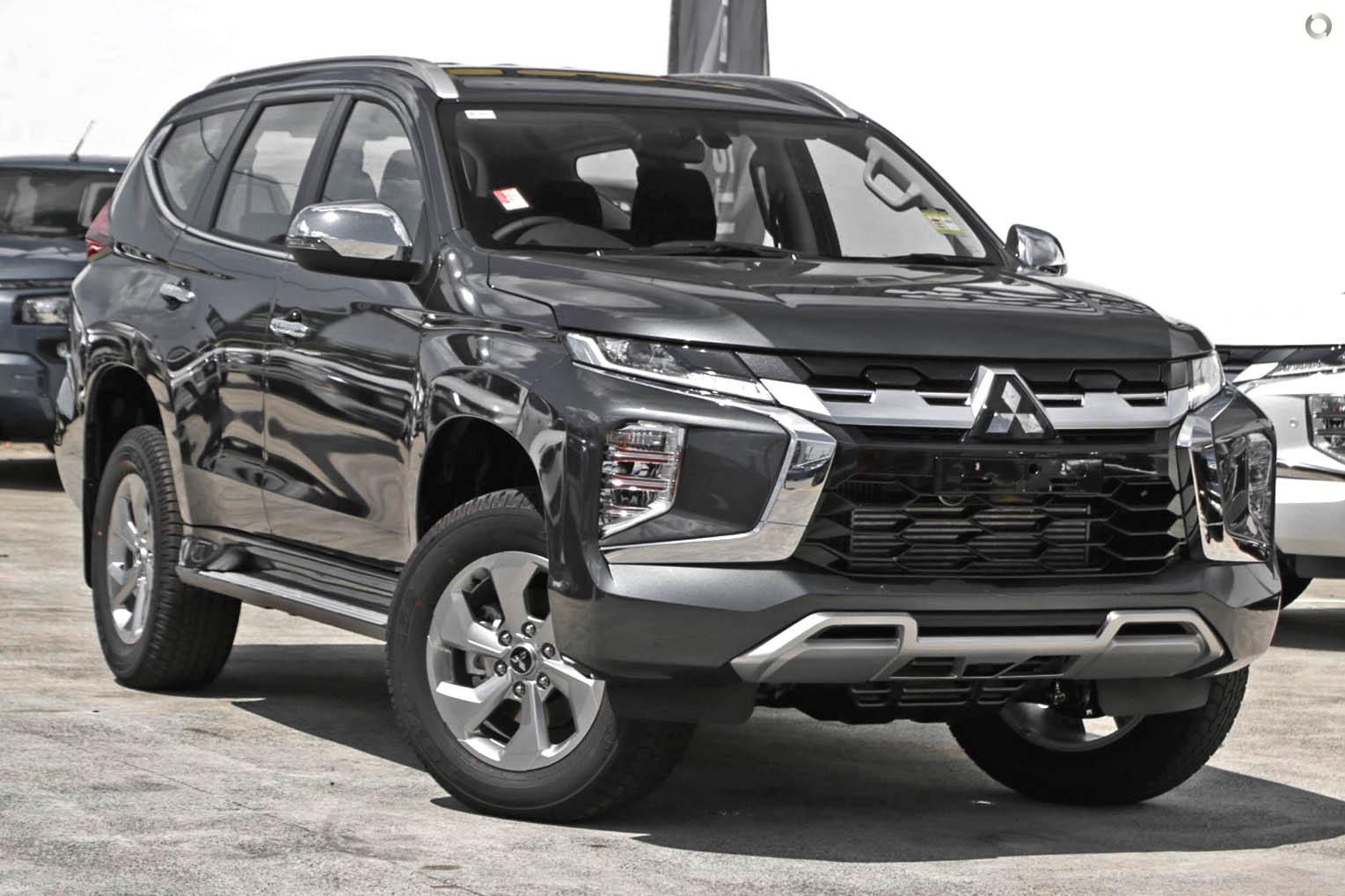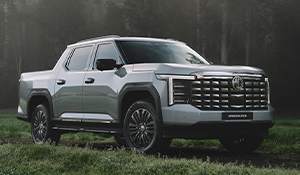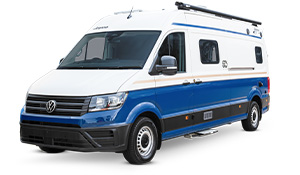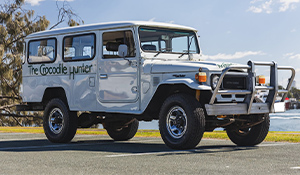4x4 Driving Tips Part Two
1. Always ensure your 4x4 is regularly serviced and mechanically sound.
2. Following a 4x4 outing, it is good policy to have a checklist when you get home to check for any damage.
3. When descending steep slopes, keep your feet away from the clutch pedal. Let the gear and engine compression do their job.
4. When descending rocky ledges, you will need to feather the brake from time to time to prevent the vehicle from hitting the ledge too hard.
5. Always select four-wheel drive before you need it. Don't wait until you are bogged!
6. When stopping in sand don't use the handbrake as it can bury wheels. Instead use the sand to steadily impede progress until you stop.
7. Do not drive across the face of steep slopes. Only tackle them head on.
8. If you lose traction when following ruts in mud, ease off the throttle and turn the wheels from side to side as you reapply power. The side lugs on the tyres will often grip on the side of the ruts, pulling you through.
9. When crossing a stream do not change gear mid-stream. Firstly you will loose momentum and secondly it will allow water to seep between the clutch and the pressure plates, which can result in clutch damage. Select low range 1 or 2 before the crossing and stay in it all the way.
10. When tackling a deep stream, waterproof your vehicle as best as possible. Check the height of the air filter and intake and if necessary add an extension to keep them above the water line.
11. If you have an older style vehicle that requires manual activation of free wheeling hubs, always engage them before requiring 4WD.
12. Apply throttle pressure to build up revs on smooth dirt tracks and on sand dunes, but ease off when wheelspin occurs, or when cresting a sand dune.
13. Photos of 4x4s airborne look spectacular, but don't attempt it as it is unsafe and more than likely will result in a bent front axle or other damage.
14. When driving in sand, usually 4x4 high range is usually the best choice. Low range is normally not necessary as it limits momentum and can dig in to bog your vehicle.
15. Lower tyre pressures when driving in sand. This provides a bigger footprint for the tyre and helps maintain traction. Tyres can be let down safely to 12-15psi. Re-inflate when leaving the sand.
16. Momentum can be rapidly lost on sand when making sharp U turns which will see the sand pull you up and/or risk running a tyre off a rim if tyre pressures are reduced.
17. On beaches stick to hard, solid sand where possible. Soft patches and near the waves can be traps for the unwary.
18. When tackling a sand dune pick an appropriate gear and remain in it. Do not attempt a gear change on the dune. It will slow your momentum as surely as hitting the brake!
19. If you become stuck on a sandy slope, select reverse gear and drive back down. Do not try to roll.
20. After sand driving hose off your vehicle as soon as possible to minimise sand corrosion.
21. When beach driving, beware of tides, and try to negotiate long beaches when the tide is going out.
22. When encountering sharp ruts and dips in the track, brake prior to the hazard and accelerate out. This will minimise the risk of damage to suspension components.
23. When faced with a steep descent, engage the lowest gear possible and drive directly down the hill. Do not try to drive across it.
24. When you stall on a hill climb, always use the Stall Recovery technique to reverse safely down the slope.
25. When using a jack off road, do so with extreme care. Always use a jacking plate with a high lift jack.
26. When driving in a group, always be aware of where other people are - especially children - before driving off, or when using recovery gear.
27. When outback touring, leave gates as you found them, whether open or shut.
28. In alpine areas take care on the roads, and beware of black ice that could cause your vehicle to skid/slide.
29. If you want your windscreen washer jets to work in alpine areas during winter, just add some methylated spirits to the washer reservoir.
30. Photos of 4x4 splashing through creeks look good, but can be expensive if water gets into the engine. The correct technique for fording is to engage low range, and drive steadily into the water to create a bow wave.
31. A tarp makes a good blind and provides good protection when fitted to the front of a vehicle before fording a stream.
32. Extended periods of driving in arduous conditions such as heavy sand can cause high temperatures in engine and driveline oils. Check your oil temperature gauge regularly and stop for a cuppa to let everything cool down from time to time.
33. While mud driving is similar to sand driving, often more traction is required so low range is usually the best gear selection. In sand, momentum is important, thus high range is the best choice.
34. Where possible stop and help fellow four-wheel drivers who have broken down in remote areas.


